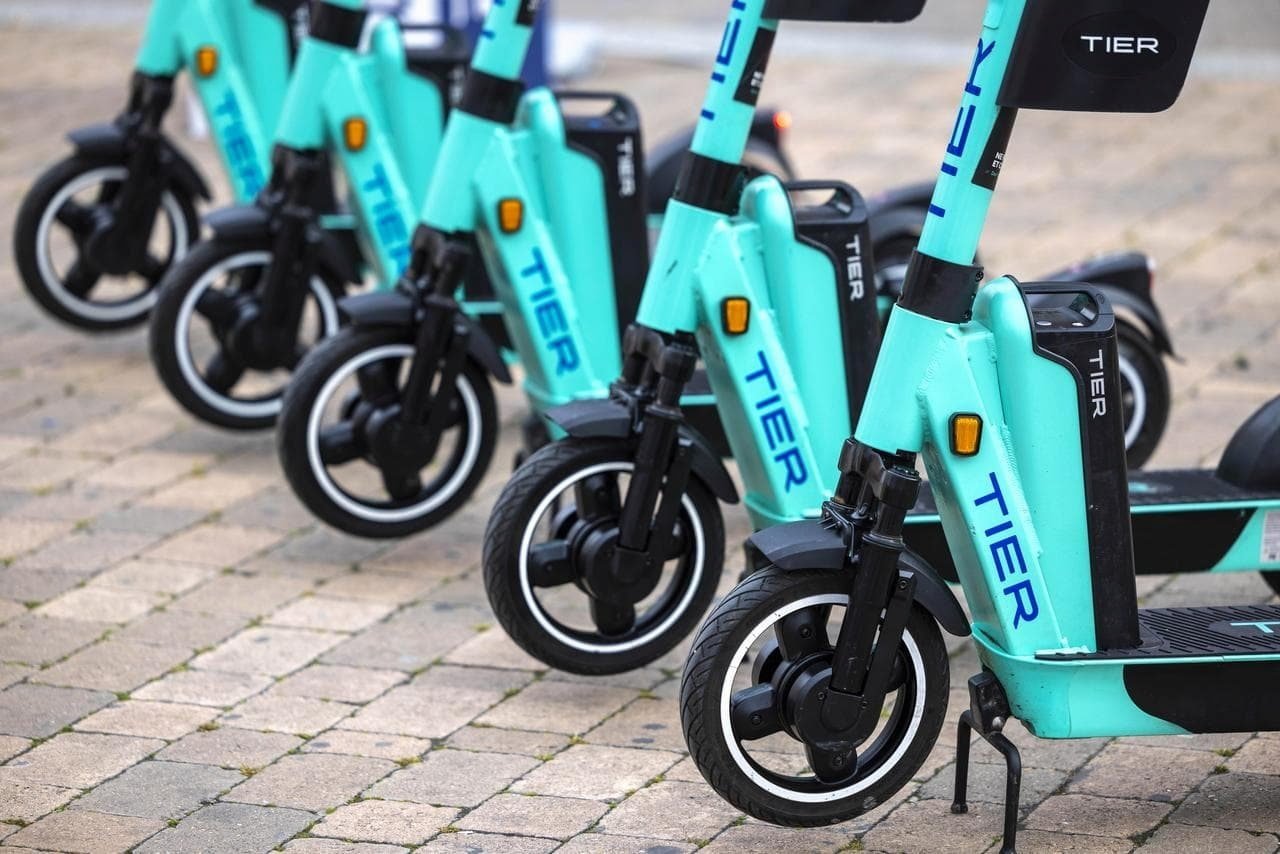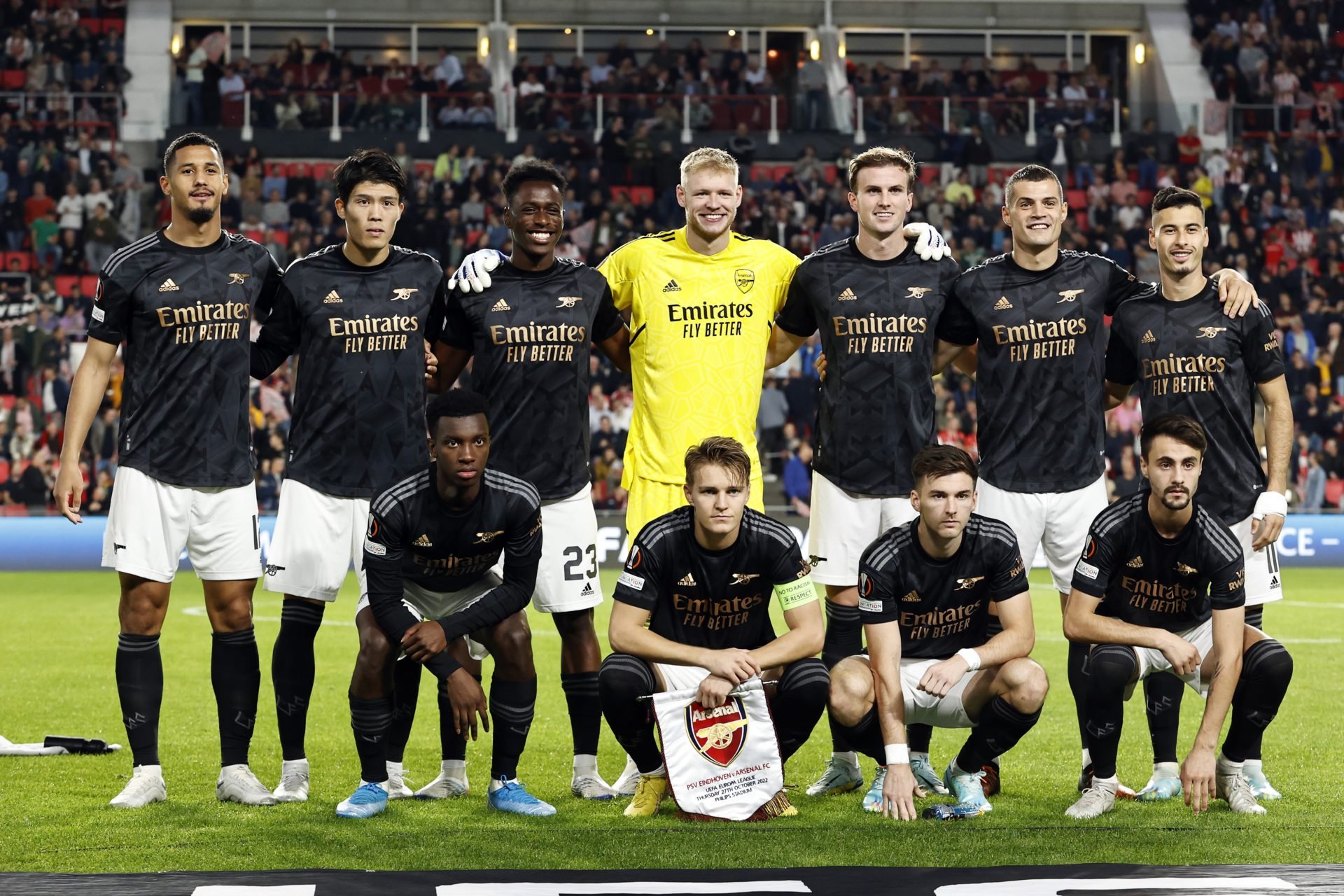Hollywood At A Standstill: The Writers' And Actors' Strike

Table of Contents
The Core Issues Fueling the Hollywood Strike
The Hollywood strike isn't simply about money; it's about a fundamental shift in power dynamics and a fight for the future of creative work in the entertainment industry. Several key issues fuel this unprecedented labor action.
Fair Wages and Residuals in the Streaming Era
The transition from traditional broadcast models to streaming services has drastically altered the compensation landscape for writers and actors. Broadcast television provided residuals – payments made to actors and writers each time their work aired in reruns or syndication. Streaming services, however, often pay a single upfront fee, regardless of the show's immense popularity and repeated viewings. This has resulted in a significant decline in income for many creatives.
- Specific demands regarding residuals for streaming platforms: The Writers Guild of America (WGA) and the Screen Actors Guild – American Federation of Television and Radio Artists (SAG-AFTRA) are demanding a fairer share of streaming revenue, potentially through a percentage of streaming subscriptions or a revised formula that reflects viewership numbers. They’re targeting platforms like Netflix, Disney+, and Amazon Prime Video, demanding transparency and equitable compensation structures for their content.
- Impact of AI on potential future compensation: The rise of artificial intelligence (AI) further complicates the issue. The unions are concerned that AI could be used to replace human writers and actors, leading to a further devaluation of their work and potential job losses.
Concerns Regarding Artificial Intelligence (AI)
The fear of AI replacing human creativity is a central concern driving the Hollywood strike. The use of AI to generate scripts, create deepfakes, and potentially replace actors entirely threatens the livelihood and creative control of writers and performers.
- Specific demands regarding the use of AI: Unions are seeking strict regulations on the use of AI in the entertainment industry, including safeguards against its misuse and clear guidelines on compensation if AI-generated content replaces human work. They want to ensure that AI is used as a tool to enhance, not replace, human creativity.
- Potential impact on creative control and job security: The widespread adoption of AI without proper regulations could lead to a loss of creative control for writers and actors, and severely impact their job security.
Working Conditions and Health Benefits
Beyond compensation, the strike also addresses concerns about working conditions and health benefits. Long working hours, demanding schedules, and inadequate health insurance are common complaints within the industry. The power imbalance between major studios and individual creatives exacerbates these issues.
- Specific demands regarding working conditions and healthcare benefits: Unions are pushing for improved working conditions, including reasonable working hours, safer sets, and better health insurance coverage. They are aiming to create a more equitable and supportive working environment for all creatives.
The Impact of the Hollywood Strike
The Hollywood strike's effects are far-reaching and extend beyond the immediate participants. The ripple effect is felt across numerous related industries and has significant economic consequences.
Production Delays and Cancellations
The strike has brought film and television production to a standstill, causing significant delays and cancellations of major projects. This impacts not only the release of new movies and shows but also the livelihoods of countless individuals working in the industry.
- Examples of delayed or canceled productions: Numerous high-profile films and television series have been affected, creating a backlog of projects and delaying the release schedules of many anticipated productions.
Economic Fallout and Job Losses
The strike's economic impact is substantial. Beyond the direct losses faced by actors and writers, the ripple effect affects related industries like catering, transportation, and post-production services, resulting in significant job losses.
- Statistics on economic losses and job losses in related sectors: The economic cost of the strike is mounting daily, with estimates reaching billions of dollars and affecting thousands of workers across various sectors.
Public Opinion and the Media Coverage
Public opinion on the strike is complex and often divided. While many sympathize with the actors' and writers' struggles, others express concern about the economic impact of the strike. Media coverage often reflects these diverse perspectives, sometimes framing the issues in ways that favor one side or another.
- Examples of public support/opposition and media headlines reflecting different viewpoints: Public support for the strike is largely based on the perceived fairness of the union’s demands. However, certain media outlets might emphasize the economic consequences of the strike, thereby influencing public perception.
Potential Outcomes and Future of the Hollywood Strike
The resolution of the Hollywood strike remains uncertain, but several factors will influence its outcome.
Negotiation Strategies and Potential Compromises
Negotiations between the unions (WGA and SAG-AFTRA) and the AMPTP (Alliance of Motion Picture and Television Producers) are ongoing. Reaching a compromise will require concessions from both sides.
- Potential solutions for key issues (residuals, AI usage, working conditions): A potential resolution might involve a combination of adjustments to residual payments, stricter regulations on AI usage, and improvements in working conditions and healthcare benefits.
Long-Term Implications for the Entertainment Industry
The strike’s long-term implications could significantly reshape the relationship between studios and creatives. The industry might see lasting changes in compensation models, production methods, and creative processes.
- Predictions for the future of the industry and potential changes in production methods or creative processes: The strike might lead to a greater emphasis on fair compensation, improved working conditions, and stricter regulations on AI usage. This could ultimately lead to a more sustainable and equitable model for the entertainment industry.
Conclusion
The Hollywood strike, driven by crucial issues related to fair wages, AI concerns, and working conditions, has brought the entertainment industry to a grinding halt. Its impact extends far beyond Hollywood, affecting numerous related industries and generating significant economic consequences. While the outcome remains uncertain, the strike underscores a critical need for reform and a more equitable relationship between creatives and the powerful studios. Understanding the complexities of this Hollywood strike is crucial for anyone interested in the future of filmmaking and television. Stay informed about the latest developments on the ongoing Hollywood strike and follow the negotiations closely.

Featured Posts
-
 Cdiscount Trottinettes Electriques A Moins De 200 E Livraison Rapide
May 17, 2025
Cdiscount Trottinettes Electriques A Moins De 200 E Livraison Rapide
May 17, 2025 -
 Coquimbo Unido Y Everton Vina Empatan 0 0 Cronica Del Encuentro
May 17, 2025
Coquimbo Unido Y Everton Vina Empatan 0 0 Cronica Del Encuentro
May 17, 2025 -
 Book An Uber In Mumbai With Your Pet A Complete Guide
May 17, 2025
Book An Uber In Mumbai With Your Pet A Complete Guide
May 17, 2025 -
 Will Arsenal Sign Stuttgarts Promising Midfielder
May 17, 2025
Will Arsenal Sign Stuttgarts Promising Midfielder
May 17, 2025 -
 Entradas Fiesta Del Cine 2025 A 3000 Peliculas Y Como Conseguirlas
May 17, 2025
Entradas Fiesta Del Cine 2025 A 3000 Peliculas Y Como Conseguirlas
May 17, 2025
